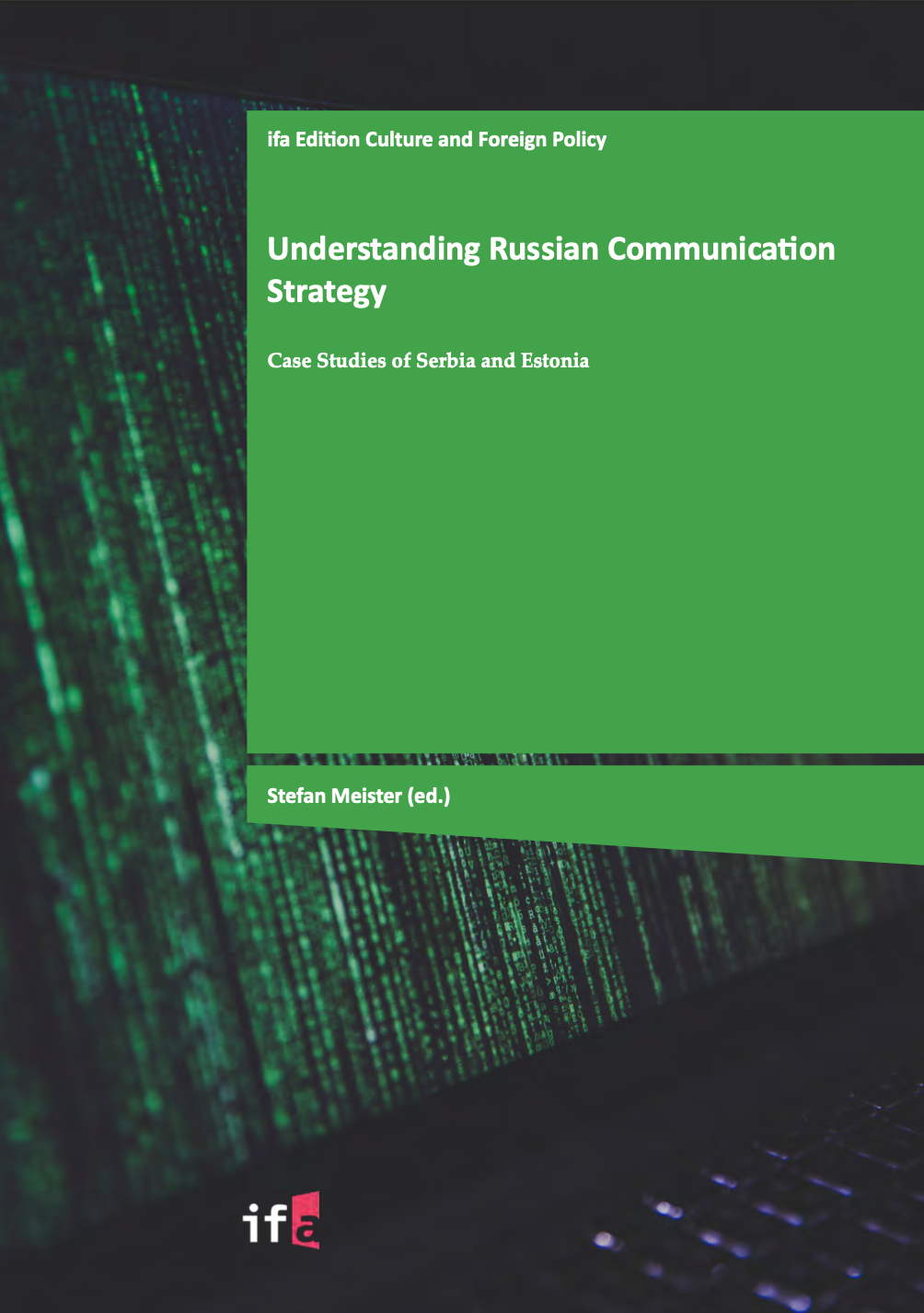For Russian leadership, disinformation and propaganda have become key instruments to impact domestic debates in EU member states and in the neighbourhood of the EU. This policy aims to weaken cohesion in the EU and its image in the neighbourhood and has become so successful because of the shrinking self-confidence of Western democracies. This study analyses Russia’s communication strategy with regard to its influence in Serbia and Estonia. What are the tools that are used? What are the aims behind disinformation and fake news stories? It shows that a formerly reactive response from a perceived position of weakness has turned into a well-executed communication strategy that makes use of vulnerabilities to sow discord. National elites in the target countries play a key role for the success or failure of this policy.
Download the full article here.


